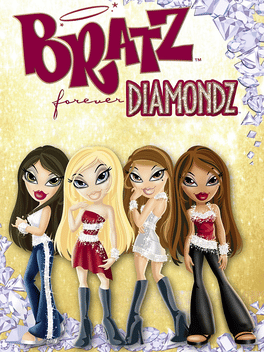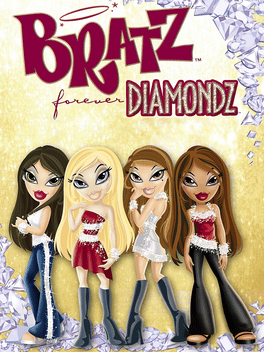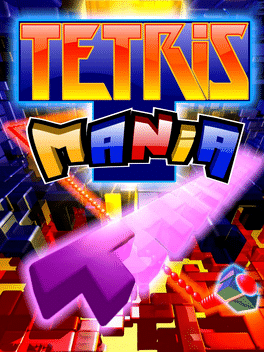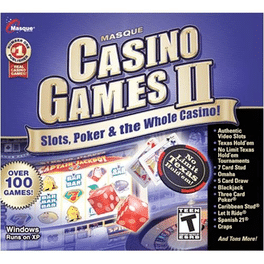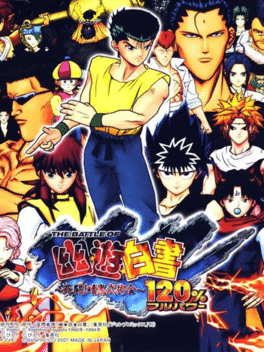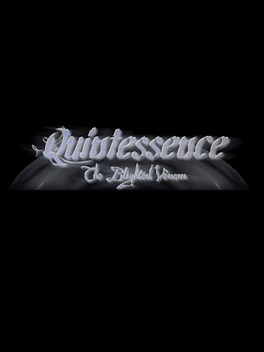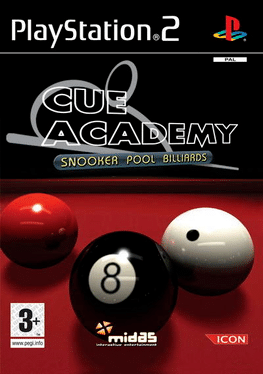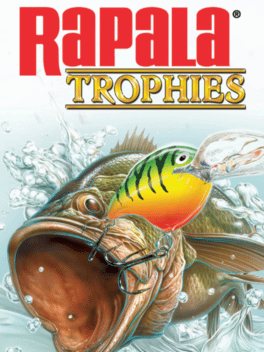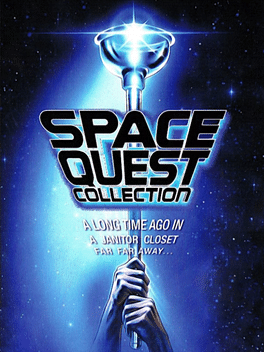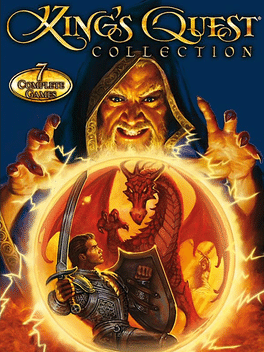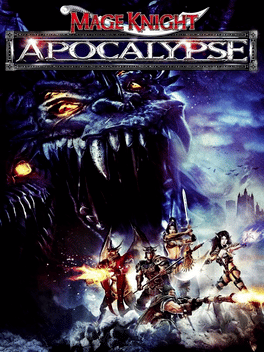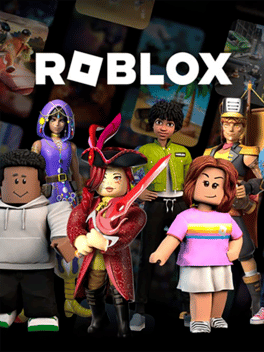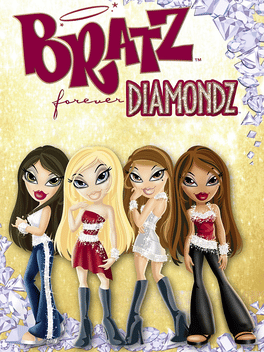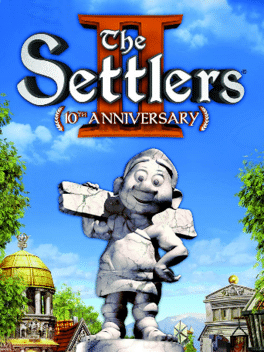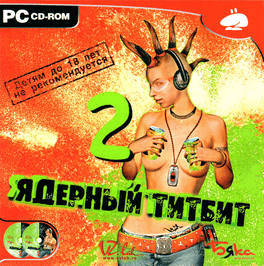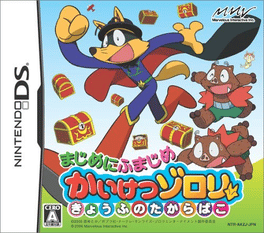New Games - Page 10227
-
Place Kick Master Football Championship
2006
Place Kick Master Football Championship (Waixing, license: 2006SR15690) is a football place kick simulation game with confusing gameplay and controls. Title screen graphics are stolen and edited from "The Ultimate 11: SNK Football Championship" in Intec's version. It was originally made for the Nintendo Entertainment System, but Intec has ported it to a cartridge for their console, and there is no information about these 2 versions and the version discussed below. -
Tetris Mania
2006
Tetris Mania
2006
Indulge your puzzle-solving passion! Tetris Mania puts a new spin on the massively compelling original you know and love with three new game modes: Cascade, Fusion, and Sticky Tetris Mania: the must-have game for your mobile -
Casino Games II
2006
-
The Battle of YuYu Hakusho: Shitou! Ankoku Bujutsukai! 120%
2006
A 3D Fighting game, developed by Dimps Corporation and published by Banpresto, which was released in Japan in 2006. -
Quintessence: The Blighted Venom
2006
Quintessence: The Blighted Venom is a narrative-driven interactive show with some RPG elements and first released Freebird games. -
Cue Academy
2006
-
Rapala Trophies
2006
-
Space Quest Collection
2006
star 6Experience a blast from the past with the complete, completely twisted Space Quest Collection. Contains all 6 games with only the VGA version of the 1st game. -
King's Quest Collection
2006
star 6Seven classic games in one collection. Celebrate the golden age of adventure games all over again with the return of King's Quest. The bravest knight in all of Daventry, Sir Graham, is appointed by the dying king to embark on a Quest for the Crown. The classic AGI version of the first game in the series is absent from this collection and instead includes the 1990 SCI remake in its place. -
Mage Knight: Apocalypse
2006
star 4Mage Knight Apocalypse is an action-RPG based on the Mage Knight table top game. -
Roblox
2006
Roblox
2006
star 7Roblox is a massively multiplayer online platform marketed towards creators and players of all ages. It allows its users to create their own virtual worlds using a variety of objects, in which they or other members may enter and socialize within. Worlds created on Roblox can be scripted using a sandboxed edition of Lua 5.1 to affect events that occur in-game and create different scenarios. -
Space Empires V
2006
Space Empires V
2006
star 5.7Space Empires V is the latest edition in the Space Empires series. This new chapter completely updates the UI and takes the player into a real-time rendered 3D universe. Watch space battles played out in glorious detail and realistic effects. Expand, Explore, Exploit, and Exterminate in a huge living breathing galaxy. New features abound with political alliances between multiple empires, a top-down ship design system, a hexagonal movement grid, and many more. Due to player demand, the game is completely 'moddable' and even adds a scriptable AI system to the mix. Space Empires V boldly takes the next step in the genre of space strategy. Detailed Tactical Combat (and a combat simulator to test your designs!). New vehicle types and sizes: Ships, Bases, Freighters, Fighters, Mines, Satellites, Troops, Drones, and Weapons Platforms. Ability to completely design and customize all of your vehicles. Large Galaxy: 100 solar systems with 15 planets each. Huge Technology Tree: Thousands of tech levels with hundreds of comp -
Bratz: Forever Diamondz
2006
star 4Yasmin, Cloe, Sasha, and Jade are back for a brand new adventure sending them across the country in search of the hottest fashion designer. Players experience unique adventures through the eyes of the four playable characters, in detailed open world environments, as they compete for a spot in "America Rocks Fashion" TV show. Fans discover new features that include a figure skating competition and the ability to adopt a pet to train, dress, accessorize and showcase in competitions. -
The Settlers II: 10th Anniversary
2006
star 8The Settlers II: 10th Anniversary is a remake of the original "The Settlers II" game. It features updated graphics and a slghtly altered gameplay. -
Soko Banish
2006
Soko Banish
2006
Help Ardos push all the soulstones onto rune circles in this puzzle game based on the classic Sokoban, but watch out: as in the popular classic, stones can only be pushed and not pulled, so try to avoid unwinnable situations that would surely spell doom as you uncover the right sequence of moves. Open gates, avoid roaming ghosts, and when all challenges are mastered, use the Level Creator to create your own for more fun! -
Nuclear Titbit 2
2006
Nuclear Titbit 2
2006
Russian adventure point & click game. The second game released by Buka Entertainment under the brand name "Byaka" ("Бяка"), specially created for this kind of games. The idea and scenario of the game belong to Daniil Shepovalov. -
Majime ni Fumajime Kaiketsu Zorori - Kyoufu no Takarabako
2006
"Kaiketsu Zorori", who is a big star in the manga and anime, is now available for the DS for the first time. Many familiar and fun characters also appear! Find the "Seven Treasure Chests" hidden in the world! Rub, cut, poke, blow, and enjoy the stylus action in this "easy-going adventure".


